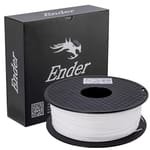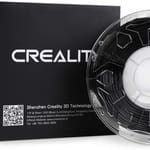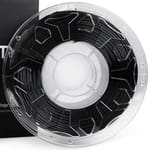If you’ve ever thought of buying a 3D printer, you’re probably familiar with Creality. Founded in 2014, Creality is one of the largest 3D printer manufacturers in the consumer space. Since the beginning, they’ve been known for bringing capable and reliable FDM machines to hobbyists at an affordable cost.
To be more specific, Creality is responsible for machines like the CR-10, the Ender 3, and the Ender 5, all of which are community favorites. In recent years, they also developed their own slicer.
This growing ecosystem of products allows users to get the best out of Creality machines. It’s only natural, then, that the company started to produce their own filament.
In this article, we’ll go over the range of filament they offer, providing background information, product specs, and where you can purchase filament. But first, let’s take a look at the big Creality filament picture.
First Filament Steps
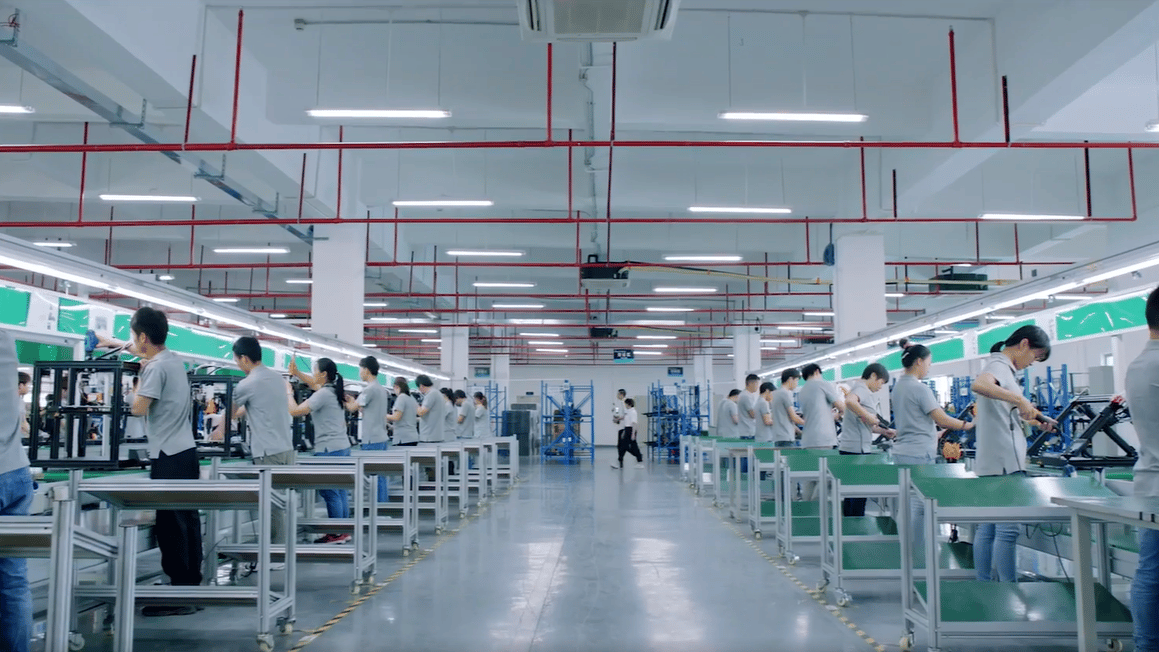
Creality hasn’t been in the filament game long. Previously, they only sold consumer 3D printers, leaving the material manufacturing to other established manufacturers.
This is immediately apparent in the relatively small range of products available, which currently includes limited materials in a small selection of colors.
There also seems to be uncertainty around the quality of Creality filament. Comments on Reddit and other forums suggest that it isn’t highly regarded, with one user saying it isn’t even good enough for test prints. Manufacturers like eSun, MatterHackers, and Hatchbox are generally recommended instead.
Still, the overall direction of this branch of Creality’s enterprise is difficult to figure out. Some users on Reddit report good results when using Creality filament, noting it’s easy to work with and affordable. Perhaps these are simply teething troubles before Creality filament becomes the standard in the market.
Lay of the Land
Before you start looking into Creality filament, you should know a few things right off the bat.
First, in the context of buying filament, it’s worth noting that the Creality store offers the best selection of material types and colors (including rainbow filament). Creality Official also sells filament, but only PLA options are available. You can also check out external retailers like Amazon, but the range is nowhere near what’s claimed to be on offer at Creality’s store.
Keep in mind that product names can vary across the main store, Creality Official, and other external retailers. Presumably, the actual products are consistent even if they’re given different names in different locations.
Now, it’s time to see what all the fuss is about!
PLA

PLA is the starting point for anyone entering the 3D printing space because of its price and ease of printing.
On the main website, Creality offers several kinds of PLA filament, including silk, matte, and wood varieties. They claim a diameter tolerance of +/-0.02 mm, which isn’t consistent across resellers but was confirmed by YouTuber Thomas Sanladerer. They also advertise their PLA as having good tensile strength and flexibility, partly from being made with high quality raw materials.
Across the main store and resellers like Amazon, you’ll find several different product labels, including “Ender Series” PLA, “HP Ultra” PLA, and simply “Creality PLA”. It’s difficult to know what the differences are between these products, if any exist, but Creality suggests that HP PLA is a higher quality version.
Opinions on forums like Reddit are mixed, with some pleased with the quality and others having had issues. As for tips, some users have reported that they needed to increase the heated bed temperature to 65 °C to get the filament to stick.
- Colors: Black, white, gray, green, blue, red, yellow, rainbow, and more depending on vendor
- Sizes: 1 kg, 6 kg (bundle), 10 kg (bundle)
- Diameter: 1.75 mm
- Nozzle temp: 190-230 °C
- Bed temp: 0-60 ℃
- Price: ~$25-$130, depending on vendor and size
PETG
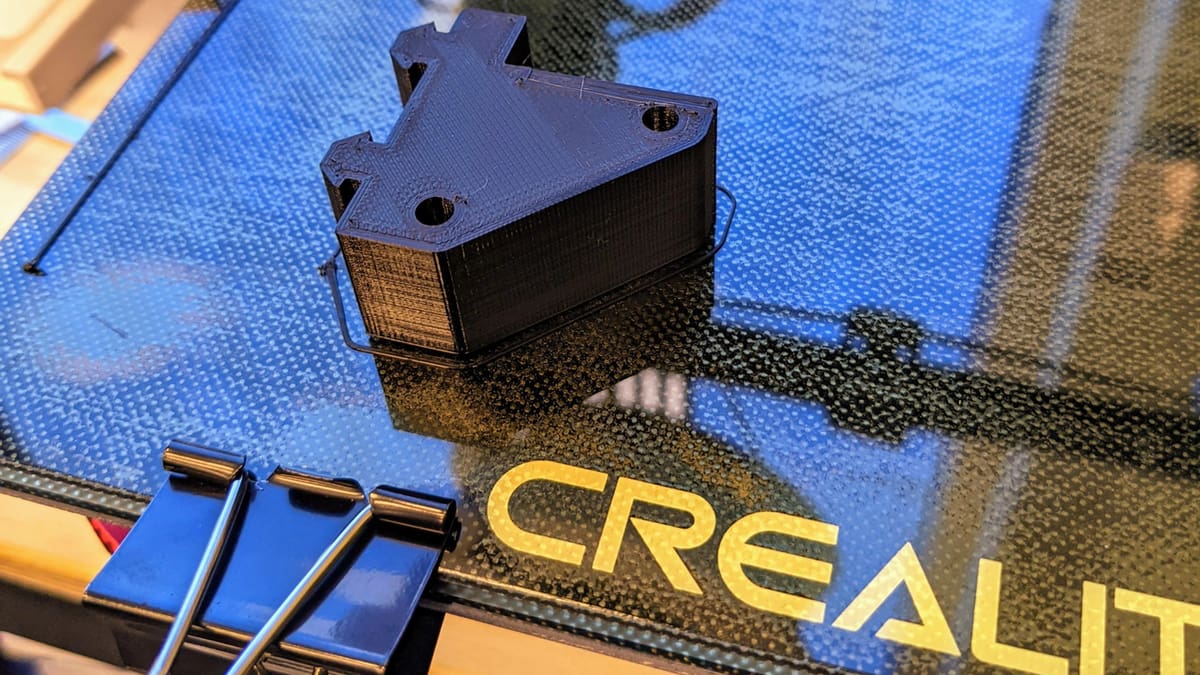
PETG is the middle ground between PLA and ABS, offering better material properties while still being easy to print.
Compared to other brands, Creality’s PETG seems to be similar to its competitors. However, the company claims to offer increased ductility and resistance to cracking and warping.
The selection for Creality’s PETG is more limited than PLA. The store offers one kind in a few different colors, but it’s not currently available on Creality Official.
- Color: White, black, red, blue, yellow, transparent
- Size: 1 kg
- Diameter: 1.75 mm
- Nozzle temp: 230-250 °C
- Bed temp: Not specified
- Price: ~$22
TPU
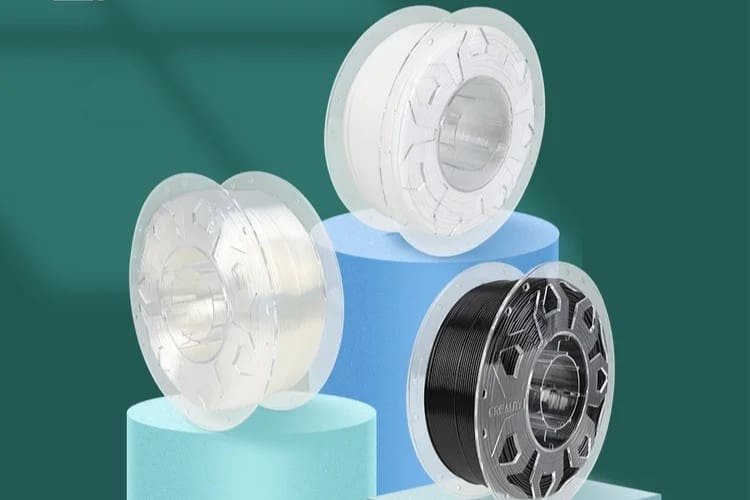
Generally speaking, TPU has similar properties to rubber and is ideal for prints that need to be flexible yet durable.
Creality claims that its TPU is flexible and offers printing speeds up to three to five times faster than ordinary speeds. Unfortunately, they don’t provide its Shore hardness, a standard measure of flexibility.
We weren’t able to find any accounts of anyone using this filament, so it’s difficult to know whether Creality’s claims of quality are true.
- Color: Black, white, transparent
- Size: 1 kg
- Diameter: 1.75 mm
- Nozzle temp: 210-240 °C
- Bed temp: 0-80 °C
- Price: ~$36
ABS
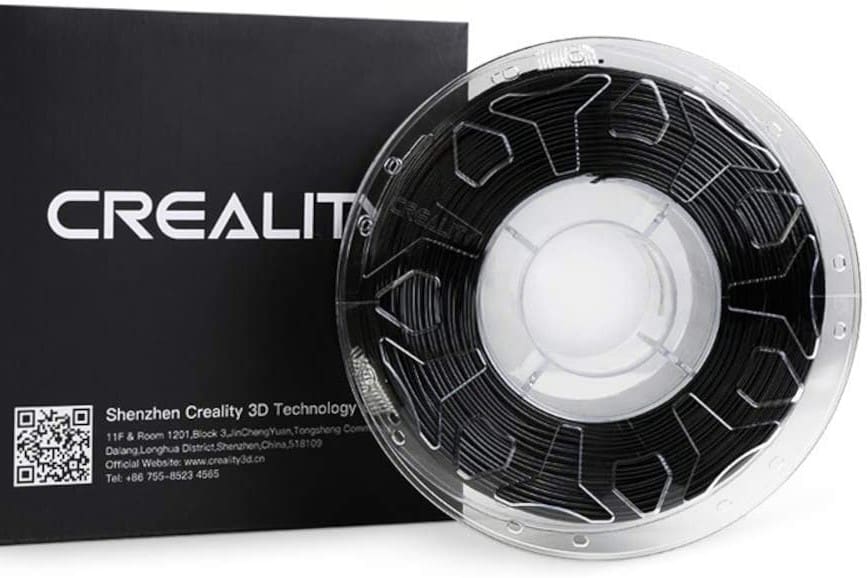
At one time, ABS used to be the most important 3D printing material. Nowadays, it may not be as popular as PLA and PETG, but it’s still a great material if you need prints to be strong, durable, and resistant.
Creality says that its ABS formula is improved over ordinary ABS, especially when it comes to cracking, warping, and peeling. They also claim to have eliminated any harmful substances from being emitted during printing.
We weren’t able to find any discussion around the product, but a few have rated the filament at Amazon.
- Color: Black
- Size: 1 kg
- Diameter: 1.75 mm
- Nozzle temp: 220-260 °C
- Bed temp: Not specified
- Price: ~$35
Lead image source: cmwpost via Reddit
License: The text of "Creality Filament Buyer’s Guide" by All3DP is licensed under a Creative Commons Attribution 4.0 International License.
CERTAIN CONTENT THAT APPEARS ON THIS SITE COMES FROM AMAZON. THIS CONTENT IS PROVIDED ‘AS IS’ AND IS SUBJECT TO CHANGE OR REMOVAL AT ANY TIME.

